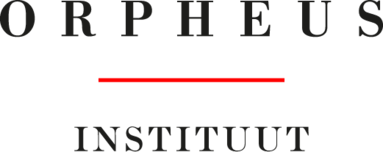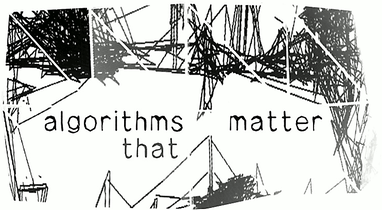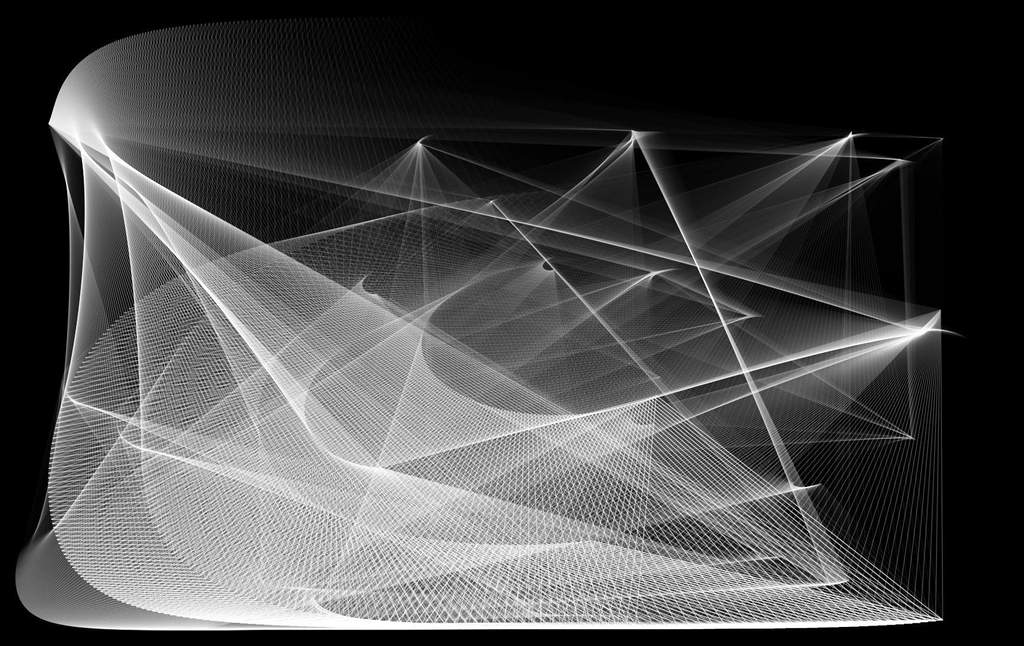The seminar brought together practitioners and scholars to discuss the wide-reaching implications of the ‘agential cut’ (Barad) or ‘ontic cut’ (Rheinberger) – the separation between operationalised model or abstract theory and perceived or experimentally verified ‘reality’, the fissure already indicated by Husserl and realised in experimental computational systems.
Simulation and Computer Experimentation in Music and Sound Art
Computational methods have made their way into most of scientific and artistic fields; simulation has become a paradigmatic mode in contemporary practices. In science, in design, in medicine and in art, simulations of natural, human, technological or abstract systems (or techniques derived from simulation) are ubiquitous. The development of new methods of computation and simulation in the natural sciences initiated an ongoing discussion about the relationship of in silico experiments to empirical or theoretical modes of investigation.
The seminar aims to bring together practitioners and scholars to discuss the wide-reaching implications of the ‘agential cut’ (Barad) or ‘ontic cut’ (Rheinberger) – the separation between operationalised model or abstract theory and perceived or experimentally verified ‘reality’, the fissure already indicated by Husserl and realised in experimental computational systems. These introduce a new type of interface between the machinery and what is implemented, allowing for the ongoing production of new data and going beyond the traditional atemporal theoretical models; crucially, simulations also allow new and mobile perspectives onto the ‘object’ modelled by tracing contingent, situated, multiple paths through what DeLanda describes as ‘a space of possibilities’ – alternative realities within a space that displays stability or consistency at another level. In Rheinberger’s words ‘it becomes urgent to ask whether computer simulations represent a new category of epistemic object altogether.’
Computational models afford a way to test theoretical constructs or observe the consequences of non-physical or even imaginary hypotheses. One arrives at a critical conception of computation, situating it beyond the dualism of a deductive, representational approach and an inductive, empirical approach, acknowledging a speculative quality of algorithms that ‘are not simply the computational version of mathematical axioms, but are to be conceived as actualities, self-constituting composites of data’ and ‘equipped with their own procedure for prehending data.’ (Parisi) The very activity of experimentation and augmenting the language of artistic creation is exposed through the use of algorithms.
Trailer
works by Rebekah Wilson, Juan Parra / Fernando Rosas, Robert Lisek, Kiyoshi Furukawa / Haruyuki Fujii / Takajuki Hamano, Magno Caliman
Paper Session 1
Bjarni Gunnarson
Synthetic Environments and Compositional Context
Iain Emsley
Distant Sonification: Creating and Transforming Practice and Meaning through Algorithmic Processes
Dolores A. Steinman, Peter Coppin, David A. Steinman
Re-imagining Blood Flow at the Blurry Border between Simulation and Simulacrum
Performances
Rebekah Wilson
Beyond Isomorphism: Transformation of Human / Machine Agency
Juan Parra, Fernando Rosas
On Timbre Networks: Between Metaphor, Simulation, and Model (and Metaphor)
Robert Lisek
Meta Learning in Music
Paper Session 2
Hanns Holger Rutz
Computing at Intrinsic Speed within a Culture of Real-Time
David Pirrò, Luc Döbereiner
Contingency and Synchronisation
Sound Installation
David Pirrò, Luc Döbereiner
Contingency and Synchronisation
Paper Session 3
Mark Pilkington
Current 9 - Graphical Notation in Music
Eric Maestri
Simulation as Intimate Transformation of the Existential Experience
Olaf Hochherz
Hiller and Isaacson's Misleading Representations of their Experiments
Keynote
Geoff Cox
The Now of Computer Experimentation
Performances
Magno Caliman
squareFuck
Kiyoshi Furukawa, Haruyuki Fujii, Takajuki Hamano
The Architecture Dreams Music Project


